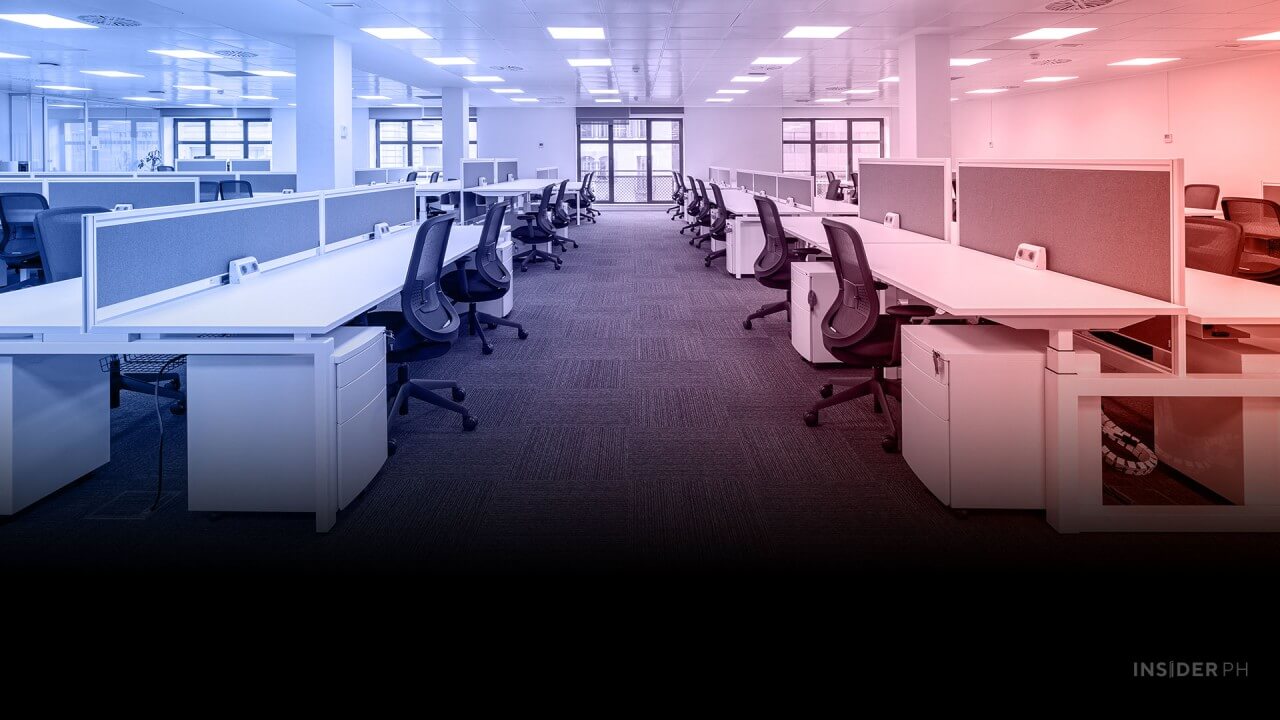

During the first six months of 2025, office take-up reached 740,000 square meters, which was 67 percent of the total demand for 2024, data from Leechiu Property Consultants showed.
This suggests that office take-up will easily breach last year’s 1.1 million square meters, despite significant vacancies caused by the ban on Philippine Offshore Gaming Operators that took effect at the end of 2024.
Strongest in 8 years
“We are all shocked at the amount of leasing activity in the first six months of the year,” David Leechiu, the CEO and co-founder at Leechiu Property, said during their quarterly briefing on Thursday.
“We have not seen those levels since 2017, and these numbers are already happening without the POGO steroid factor,” he added.
While POGOs started in 2016, it was only during the periods of 2018 through 2019 when the sector took off.
“And this is despite companies talking about work-from-home. This is despite AI [artificial intelligence] ravaging jobs—not just in the Philippines, but globally,” Leechiu said.
“The jobs coming into the Philippines are offsetting those losses. We’re able to deploy and reassign labor to so many new roles,” he said, adding that AI could actually create new jobs for Filipinos in the next four to five years as new content moderation, AI teaching roles emerge.
Resilient IT, BPO industry
The IT and outsourcing sector remains the backbone of Philippine office leasing, accounting for 86 percent of their 2024 demand during the first six months.
Overall net office take-up for 2025 is projected to grow about 16 percent to 490,000 sqm.
“The BPO sector is the backbone of the industry, so we will need to protect that industry,” said Mikko Barranda, director for corporate leasing at Leechiu Property.
“Because they’re the anchor industry, we need to make sure that the industry has legs and longevity,” he added.
Steady recovery
Office vacancies in Metro Manila remain elevated at an average of 18 percent, driven by higher rates in Manila Bay (27 percent), Alabang (25 percent), and Quezon City (19 percent).
In contrast, Bonifacio Global City posted the lowest vacancy at 10 percent, followed by Makati City at 15 percent, while Ortigas, Mandaluyong, and San Juan each recorded around 18 percent.
Barranda added that vacancy rates are lower when considering the typical space requirements of 5,000 square meters of contiguous space—something locators seeking expansion need to consider.
In their study, Leechiu found that only four buildings in Bonifacio Global City meet those requirements, and that number drops to just two buildings if PEZA accreditation is required.
Despite the wide gap in their vacancy rates, Makati City and Alabang are comparable in terms of the number of available buildings that meet these requirements, based on Leechiu data.
Makati City has nine available buildings and five PEZA sites, similar to Alabang’s nine buildings and four PEZA sites.

Miguel R. Camus has been a reporter covering various domestic business topics since 2009.